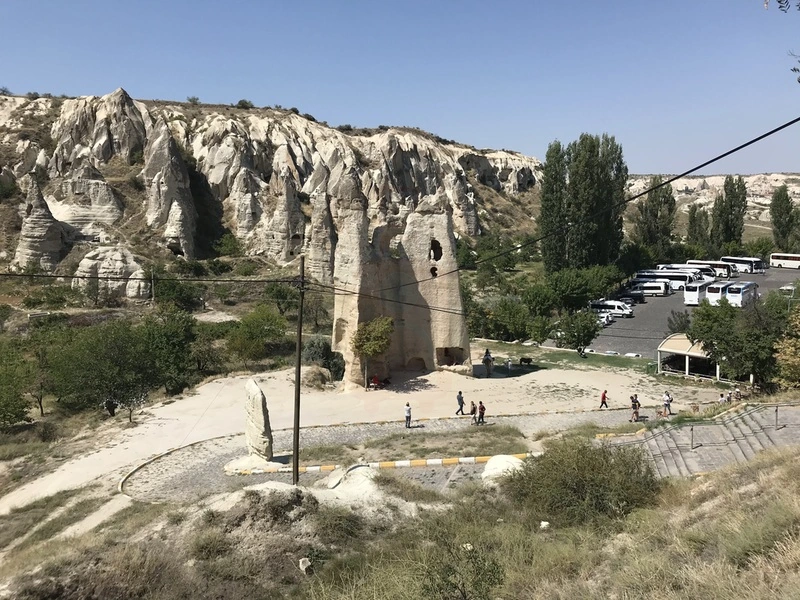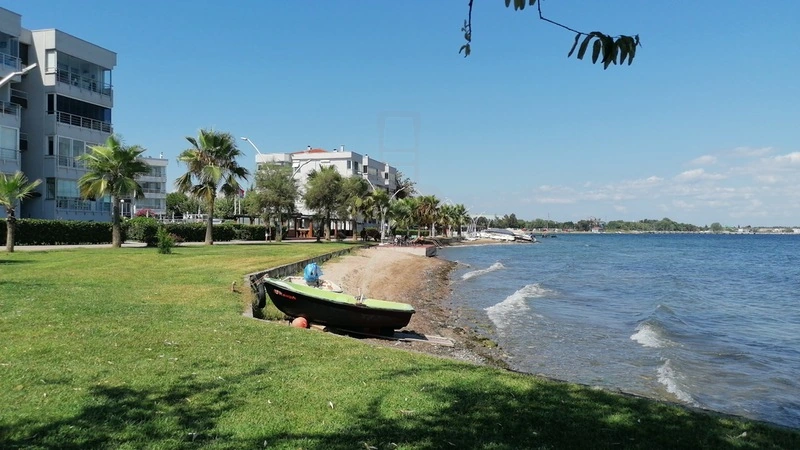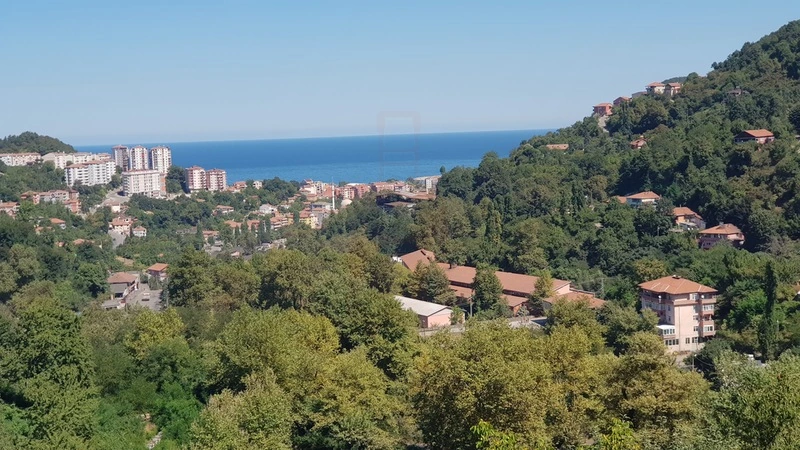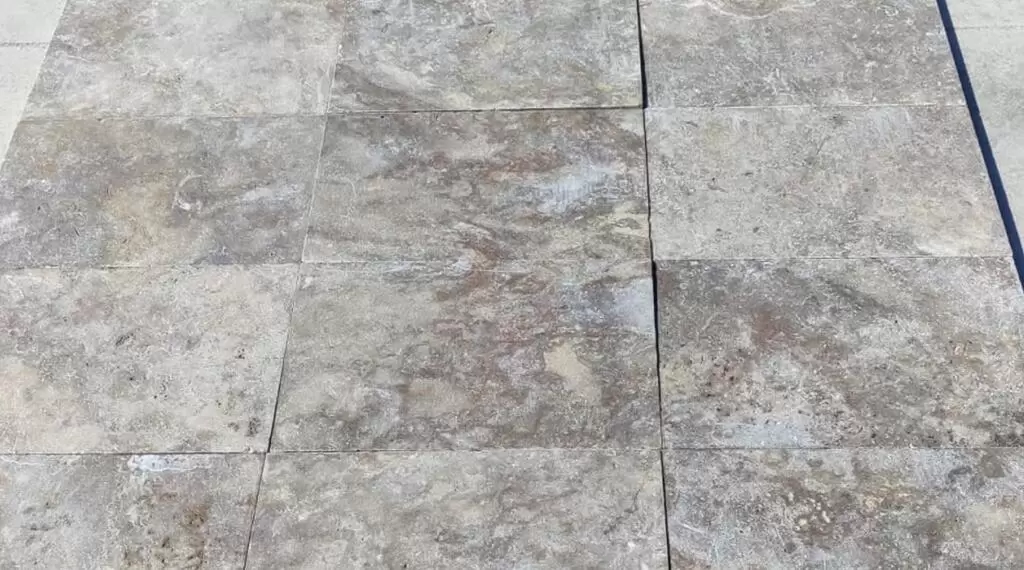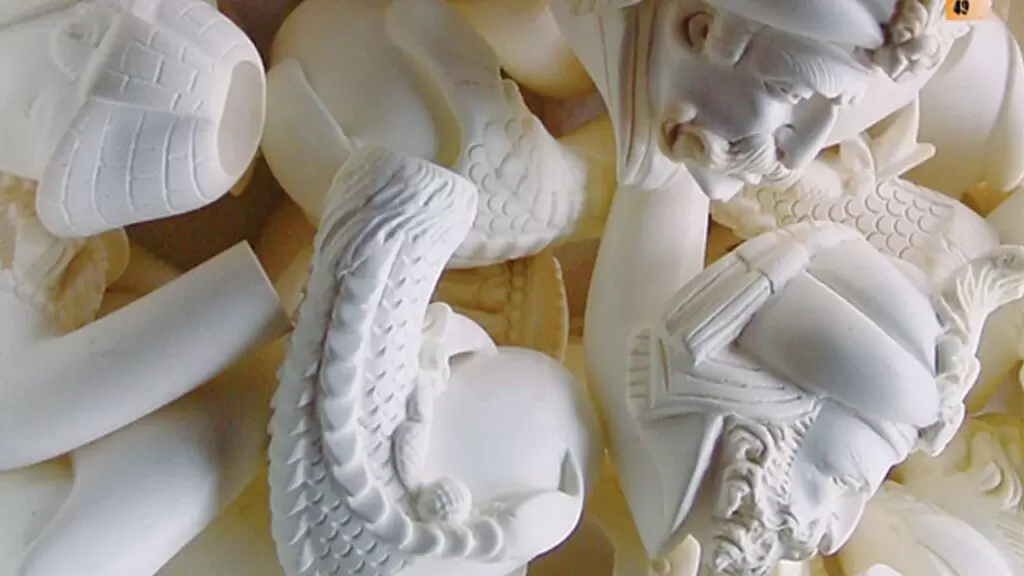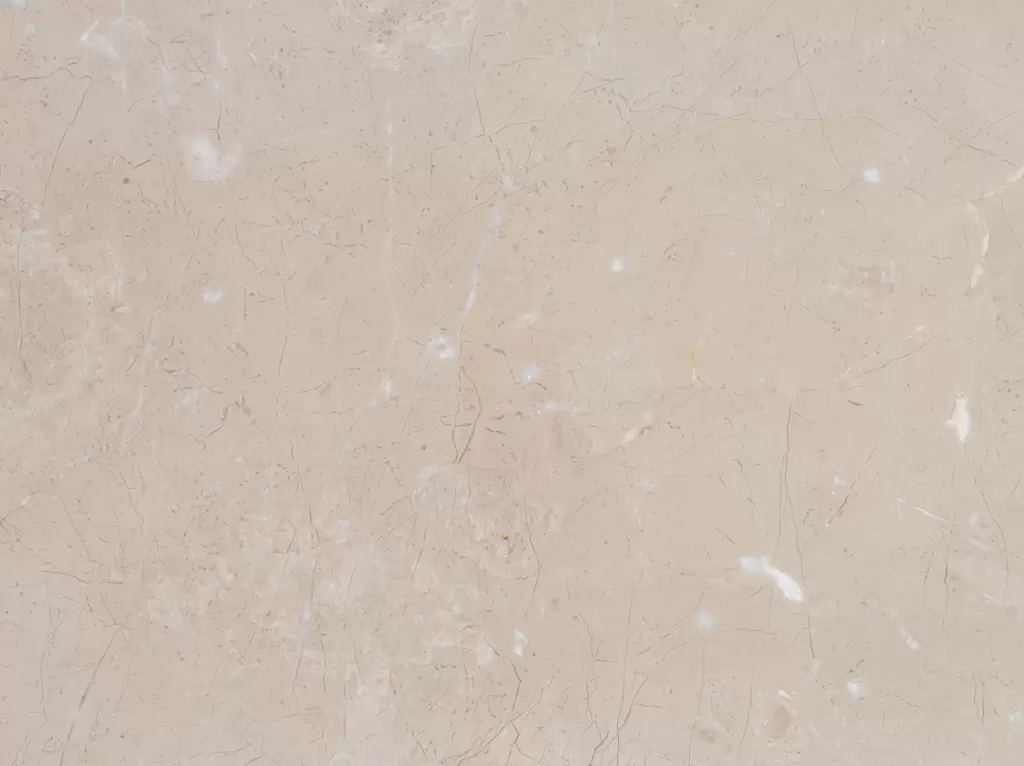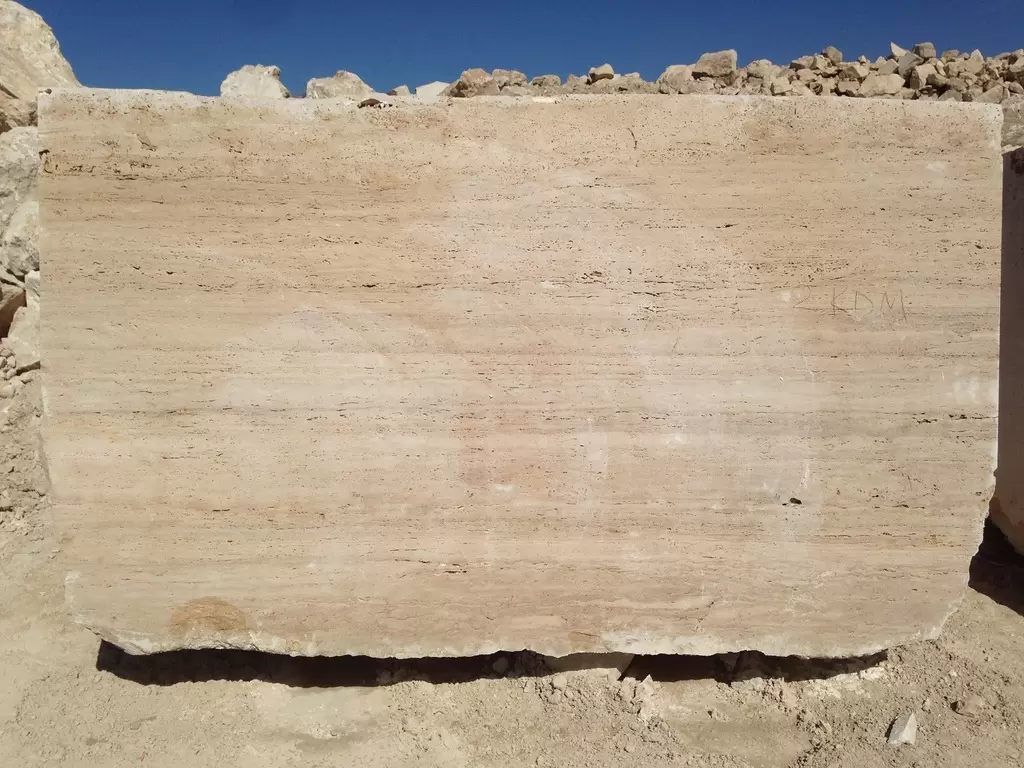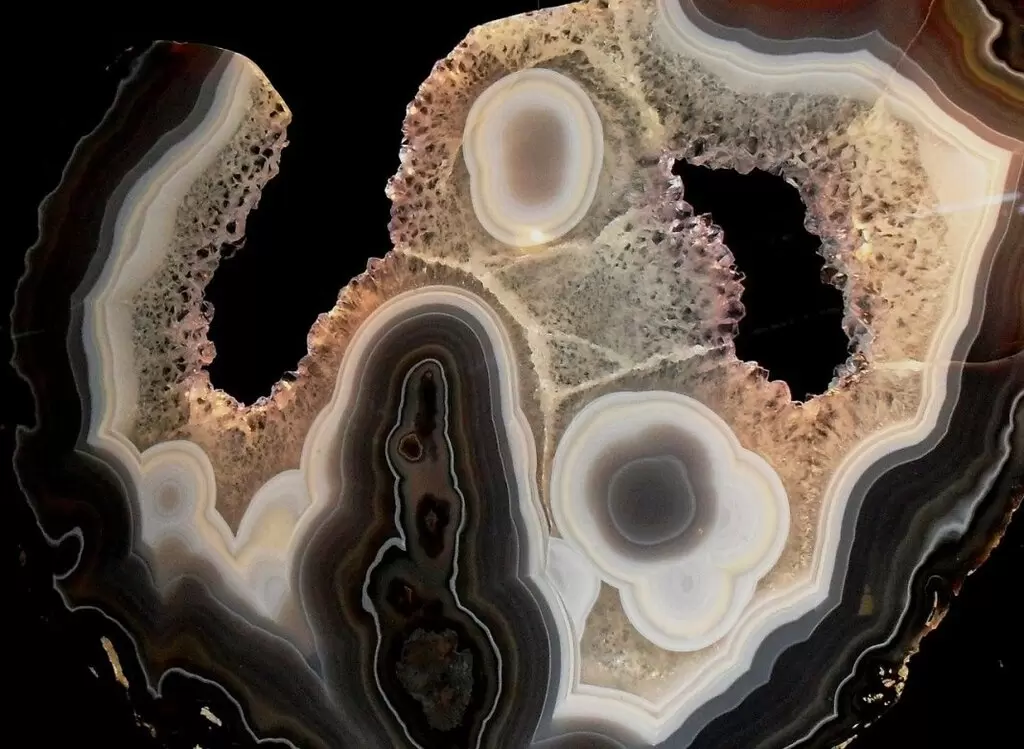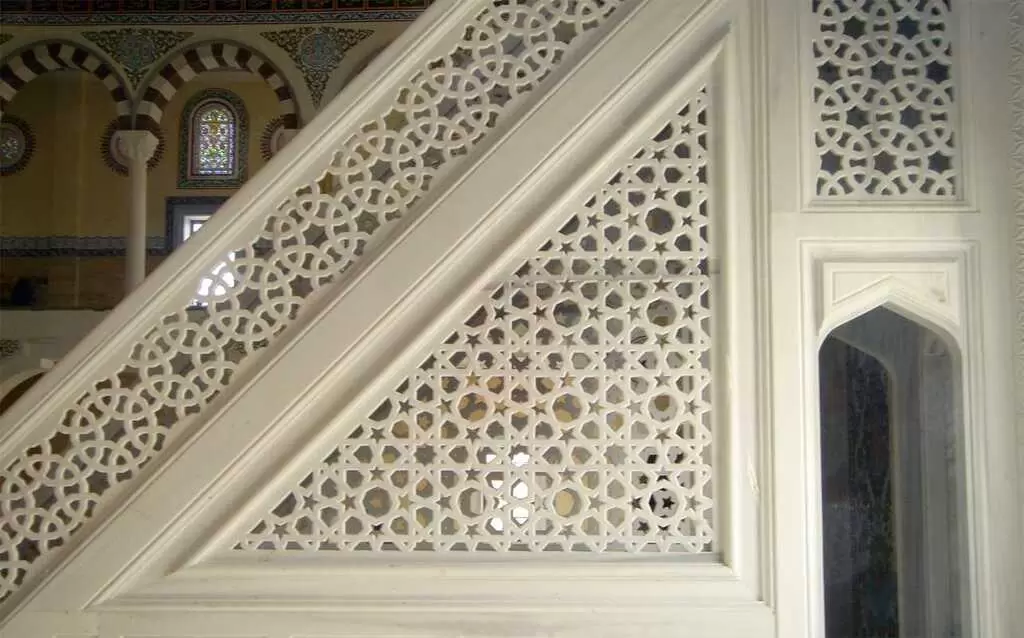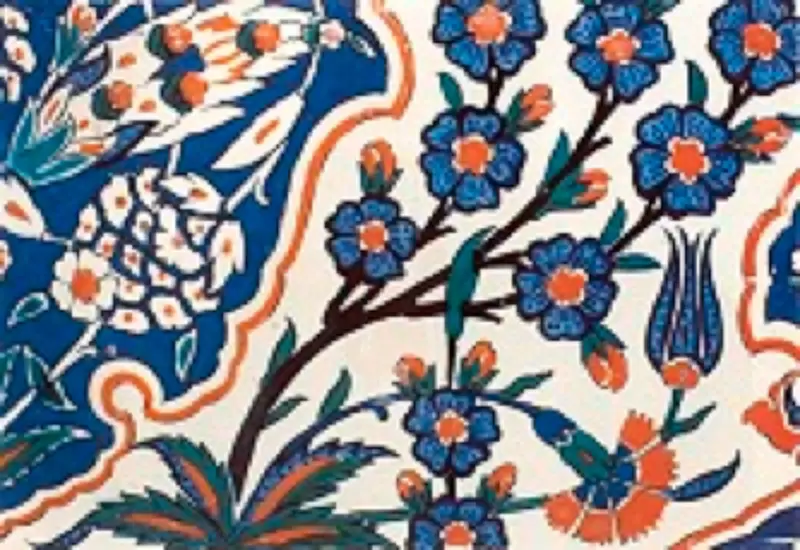
Iznik Tile: A Masterpiece of Traditional Ceramic Art
Iznik Tile is a world-renowned ceramic art form originating from the town of Iznik, located in Turkey. This extraordinary craft dates back to the 15th century and gained prominence during the Ottoman Empire, adorning architectural masterpieces such as mosques, palaces, and public buildings. These tiles, known for their exceptional beauty, durability, and intricate craftsmanship, hold a significant place in Turkey's cultural and artistic heritage.
Production Process
Iznik Tiles are meticulously handcrafted, combining artistry with advanced techniques. The tiles are made using a special ceramic mixture containing 75-85% quartz, giving them exceptional strength and a unique translucence. The production process involves several stages, including shaping, drying, glazing, and hand-painting intricate designs using natural pigments. Afterward, the tiles are fired at high temperatures to achieve their characteristic glossy finish.
Distinctive Features
- Materials: The tiles are made from a composite of quartz, feldspar, and clay, ensuring durability and resistance to environmental factors.
- Color Palette: Iznik Tiles are distinguished by their vibrant and harmonious color combinations, including cobalt blue, turquoise, emerald green, coral red, and jet black. The coral red, known as “domates kırmızısı,” is particularly unique to Iznik Tiles.
- Designs and Motifs: Traditional Iznik Tiles feature floral patterns, geometric shapes, and symbolic motifs inspired by Ottoman art and the natural world. Common designs include tulips, carnations, pomegranates, and stylized arabesques.
- Surface Finish: The tiles are coated with a glossy, non-porous glaze, making them resistant to moisture, bacterial growth, and discoloration. This also enhances the brightness and depth of the colors.
- Durability: Due to their quartz-rich composition, Iznik Tiles are highly durable, capable of withstanding temperature fluctuations and physical wear, making them suitable for both interior and exterior applications.
Applications
Iznik Tiles are used extensively in architectural and decorative projects. Historically, they have graced the walls of iconic Ottoman structures, including the Blue Mosque in Istanbul and Topkapi Palace. In modern times, they are employed in a variety of settings:
- Interior Design: Wall panels, kitchen backsplashes, and bathroom decor.
- Exterior Facades: Decorative cladding for buildings and monuments.
- Art Pieces: Standalone tiles are often framed as works of art.
- Functional Items: Coasters, plates, and other household accessories.
Cultural and Historical Significance
Iznik Tiles symbolize the peak of Ottoman ceramic artistry and represent a unique fusion of Anatolian, Persian, and Islamic artistic traditions. Their use in mosques and religious buildings was often symbolic, reflecting themes of paradise and spiritual transcendence.
Why Choose Iznik Tile?
Iznik Tiles are not merely decorative but also a testament to centuries of craftsmanship and cultural expression. Their unique combination of aesthetic appeal, historical significance, and durability makes them a prized choice for both collectors and designers worldwide.
Iznik Tiles continue to captivate enthusiasts with their unmatched elegance, embodying the timeless beauty of Turkish art. Whether used in historical restorations or modern projects, they stand as a lasting tribute to Turkey's rich artistic legacy.




